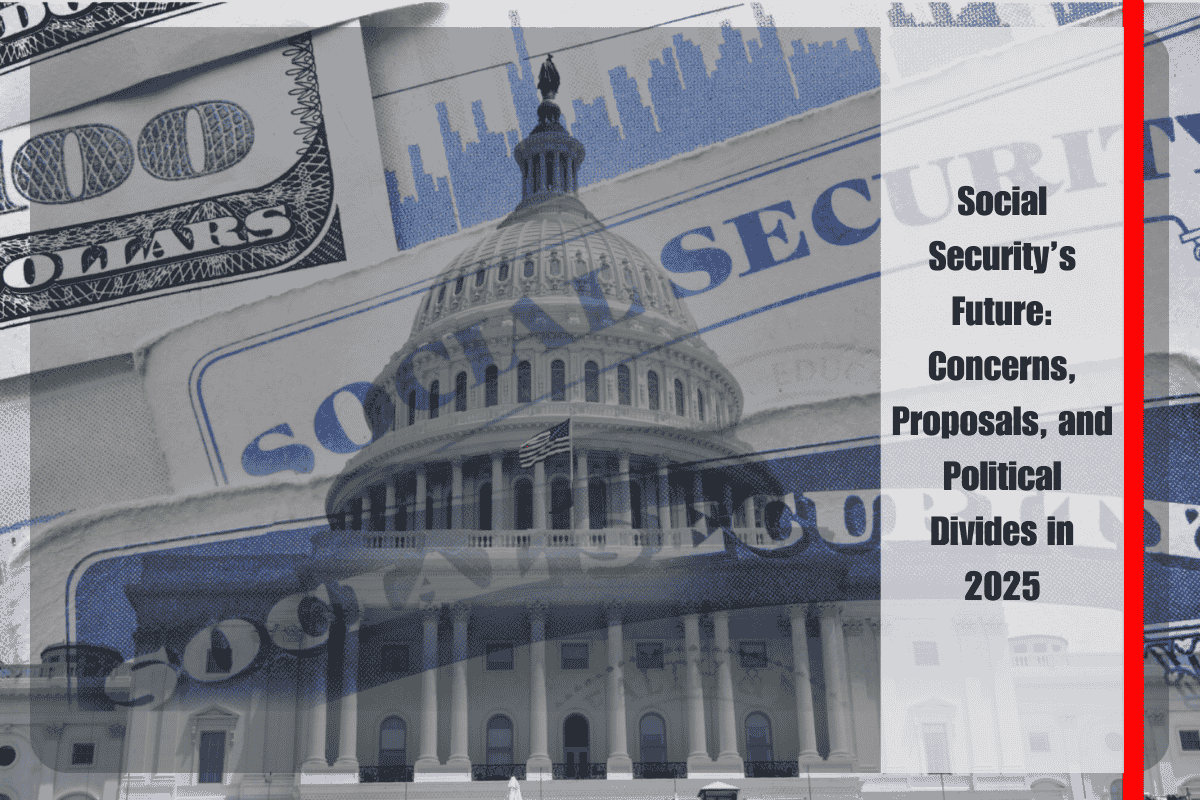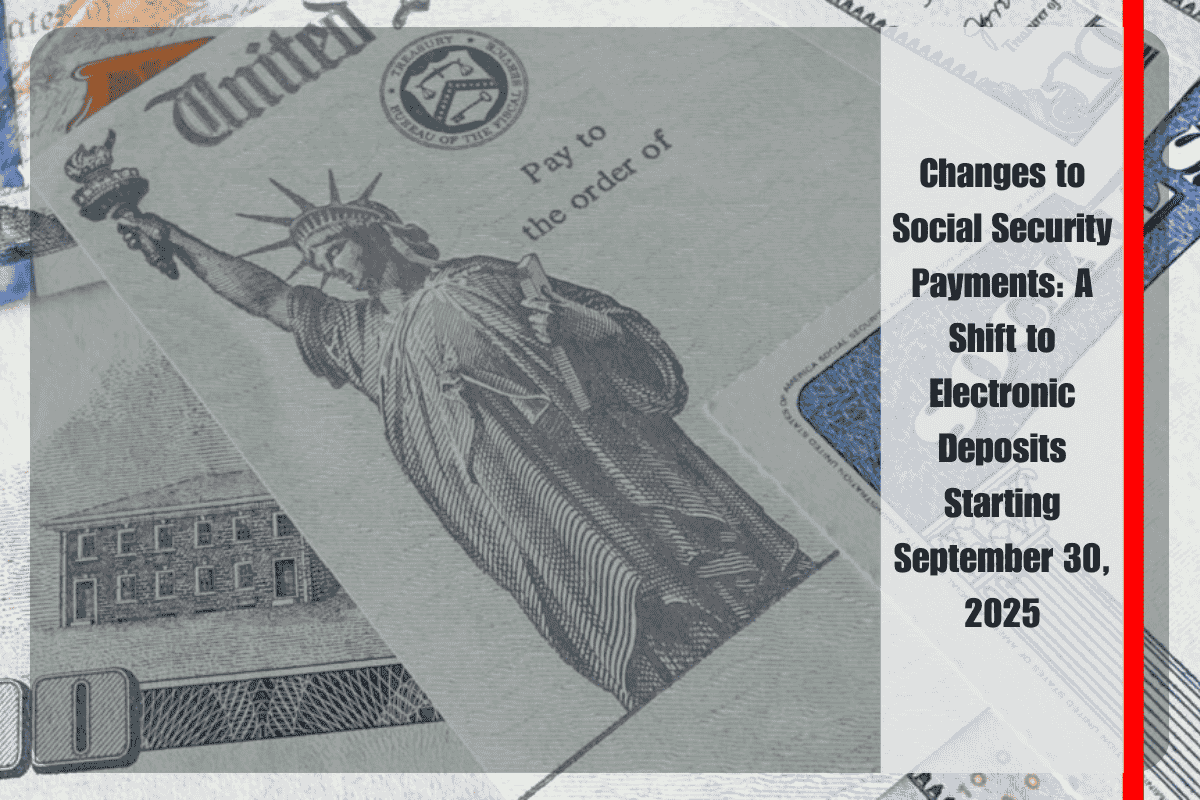Imagine working your entire life, saving, and counting on Social Security to support you when you retire or if you can’t work due to illness. Now, imagine learning that the money set aside for this might not be enough to cover everything in the future. That’s exactly what’s happening right now in the U.S., and it affects millions of people. In this article, we’ll explain what’s going on with Social Security, why there might be a big problem soon, and what possible solutions are being discussed.
What is Social Security, and What’s Going On?
Social Security is a government program in the United States designed to help people financially when they retire or can’t work because of illness or disability. It’s a vital safety net for many, providing a regular income for older adults, people who are sick, and surviving family members of those who have passed away.
However, there’s a big problem: The money used to pay these benefits is running out faster than expected. If nothing changes, one of the key funds that supports Social Security could be gone by 2033. If this happens, people who rely on Social Security may only receive part of the benefits they were promised, rather than the full amount.
Where Does Social Security Money Come From?
Social Security gets its money from three main sources:
- Payroll taxes: A small percentage of workers’ paychecks is set aside for Social Security.
- Taxes on Social Security benefits: Some people pay taxes on their Social Security benefits.
- Interest earnings: Social Security also earns money from the interest on its funds (similar to how a savings account earns interest at a bank).
There are two main funds that keep Social Security running:
- The first fund: This is used to pay benefits to retirees, their families, and survivors (people whose working family member has passed away).
- The second fund: This helps people who are disabled and cannot work.
What Happens If the Money Runs Out?
If the main fund runs out by 2033, the Social Security Administration will only be able to pay 77% of the scheduled benefits. For example, if you’re supposed to receive $100, you would only get $77. If both funds are combined, they could pay 100% until 2034, but after that, they would only be able to pay 81%.
What Are the Possible Solutions?
To make Social Security last longer, workers may need to pay higher taxes. Currently, workers pay 12.4% of their income to Social Security, usually split between the worker and their employer. If we want Social Security to last another 75 years, the tax rate would need to increase to 16.05%. That means a person working their whole life (about 45 years) would pay about $110,000 more in taxes.
If the goal is to make Social Security last forever, the tax would need to rise to 17.6%, meaning someone would end up paying over half a million dollars in taxes over their working life just for Social Security.
What Do the Experts Say?
Experts believe that keeping Social Security benefits exactly as they are will be too expensive for younger workers. So, changes are necessary soon to ensure the program continues. Some senators have even proposed creating a $1.5 trillion investment fund that could bring in higher returns to make the program last longer. They say action is needed now before the issue becomes too big to fix.
Why Is This Important to Understand?
Social Security isn’t just for older people; it’s for anyone who works and expects to rely on it in the future. Whatever changes are made now will impact the money we receive in the future. So, whether we like it or not, decisions made today will affect how much we get from Social Security later. Do you think it’s a good idea to increase the tax percentage to ensure the program lasts?
Social Security is an essential program for millions of people, but it’s facing serious financial challenges. With the money running out faster than expected, changes are needed to keep it running. Whether through higher taxes, better investments, or other solutions, it’s important to find a way to make sure Social Security continues to support people in the future. It’s up to everyone, especially the younger generation, to understand these issues and prepare for how they might impact our financial future.












